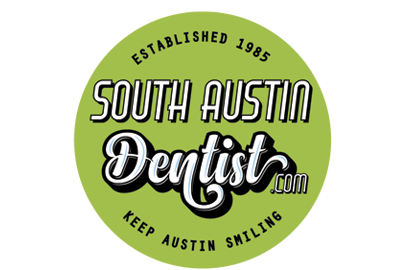While brushing your teeth is imperative in the prevention of tooth decay and gum disease, a recent study found cleaning your tongue is also an important part of good oral hygiene.
The Iwate (Japan) Medical University crossover study, released in January, concluded that even though tongue cleaning didn’t suppress dental plaque formation it did significantly reduce the amount of bacteria coating the tongue.
Dr. Van Wicklen recommends Austinites to add tongue cleaning to their daily brushing and flossing routine.
Tongue Cleaning
Although cleaning the tongue is not regularly done in America, it is routine among natives of Japan, Africa, Arabia, India, and South America. Cleaning removes organisms and debris from the tongue, which is the largest place for microorganisms to thrive on inside the mouth.
Bad Breath Culprit
Because it harbors the majority of the bacteria in your mouth, the tongue is largely responsible for oral malodor. A 2008 State University of New York study found from 80 to 90 percent of bad breath comes from bacteria living and breeding on the rough surface of the tongue.
While brushing your teeth helps improve your breath by removing debris and bacteria adhered to dental enamel, it won’t last long. In a few hours the bacteria from your tongue will transfer back to the teeth.
Brush or Scrape?
You can either brush or scrape your tongue to clean it.
While some people find a toothbrush with toothpaste or mouthwash easier and more comfortable to clean the tongue with, others prefer commercially made tongue scrapers. A toothbrush is designed for the smooth surfaces of the teeth and not the irregular crevices of the tongue. A scraper can be more effective in getting a tongue clean.
Cleaning Your Tongue
To properly clean your tongue, follow these steps:
- With your mouth open as wide as possible, stretch your tongue as far as possible. Locate the areas of heavy coating and debris, which is usually in the back of the tongue cleaning.
- Place the brush or scraper as far back as possible, and pull the tongue cleaner forward slowly to the front of the mouth. A toothbrush sometimes induces the gag reflex. If this happens, switch to a tongue scraper.
- Place the brush or scraper under running water to remove the debris.
- Continue to brush or scrape the top of the tongue until there is no debris left.
- Next, lift your tongue to the roof of your mouth, and brush or scrape to remove debris in this area.
- Rinse your mouth thoroughly to remove loose debris and bacteria.
- Brush and floss your teeth.
About Your Austin Dentist:
For almost 30 years, Dr. Steven Van Wicklen has provided expert general, cosmetic, restorative, and emergency dentistry services to residents and families in Austin, Round Rock, Pflugerville, Bastrop, Bee Cave, Cedar Park, and surrounding communities. To schedule an appointment, contact Dr. Van Wicklen’s South Austin office at (512) 448-3131.






